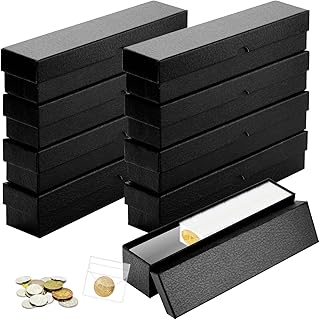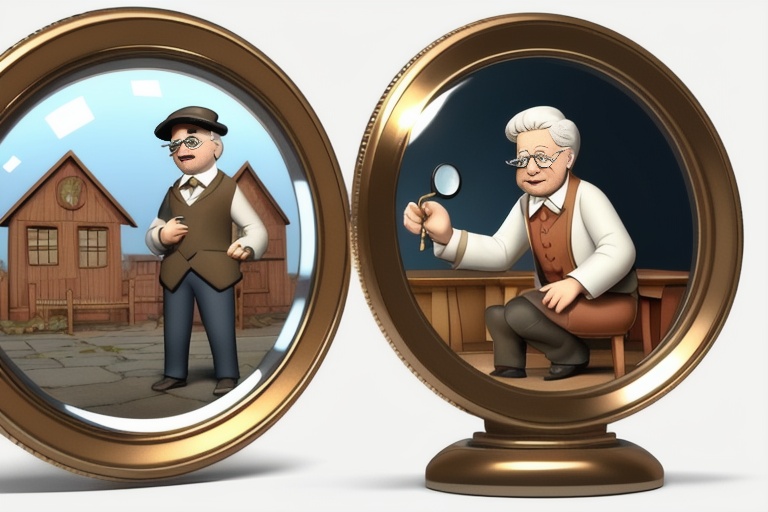Coin collecting, often referred to as numismatics, is a hobby steeped in history and intrigue. This pursuit captivates individuals from all walks of life, offering a unique blend of historical significance and artistic marvel. As an enthusiastic coin collector and dealer with an extensive background of 30 years, my intent is to guide you through the captivating realms of coin collecting and the nuances of coin evaluation.
Coin collecting, often referred to as numismatics, is a hobby steeped in history and intrigue. This pursuit captivates individuals from all walks of life, offering a unique blend of historical significance and artistic marvel. As an enthusiastic coin collector and dealer with an extensive background of 30 years, my intent is to guide you through the captivating realms of coin collecting and the nuances of coin evaluation.
The Minting Process
The journey into numismatics begins with an understanding of coin production. The U.S. Mint, operating in multiple locations, employs advanced technology to craft currency that fulfills both economic functions and aesthetic appeal. These coins vary in design and are composed of diverse metals to maintain both their utility and collectibility.
Key Terminology in Numismatics
It's vital to become acquainted with certain terms prevalent in the field. The "obverse" and "reverse" refer to the heads and tails sides of a coin, respectively. The design on the obverse typically bears a portrait or emblem, while the reverse features an image or symbol that signifies its country of origin.
"Reeding" is another term coined (pun intended) for the grooved edges found on many coins to deter counterfeiting. "Clad" denotes coins composed of multiple metal layers, a common manufacturing practice in recent times. A "type set" gathers coins of various designs from a single series, and a "date set" contains issues from different years but of the same design.
Grading Coins: A Scale of Rarity and Condition
Understanding how to grade a coin is central to evaluating its worth. The established grading spectrum spans from "Uncirculated" to conditions such as "Extremely Fine," "Very Fine," "Fine," "Very Good," "Good," and finally, "Poor." Physical examination of multiple coins of the same type across these grades is invaluable. The term "proof," while not a grade in itself, signifies a coin struck with a special process for collectors. "Encapsulated" coins are sealed in protective plastic to safeguard their graded condition.
Storage Solutions for Coin Collections
Protecting coins is critical for maintaining their condition. Coin albums, folders, and plastic holders are among the techniques collectors use, each with its own merits and costs. The choice between these methods should be guided by the collector’s preference and the requirements of their collection.
Reference Materials and Learning Resources
For those embarking on this enthralling journey, U.S. or world coin catalogs can be indispensable resources. These catalogs contain data about coin values, their historical background, and other pivotal information. In the same vein, numismatic periodicals and newspapers can reveal current trends, feature stories, and general numismatic news.
Programs and Opportunities for U.S. Coin Collectors
Programs such as the 50 State Quarters and the America the Beautiful Quarters have added layers of diversity to U.S. coinage. Collectors may seek to gather examples of these coins from circulation, creating sub-collections emblematic of their country's heritage.
A foundational activity for newcomers is to acquire a set of current U.S. coin denominations and investigate the mint marks and engraver's initials for insights into their creation and background.
Beyond Coins: The World of U.S. Paper Money and International Currency
Numismatics doesn't end with coins; U.S. paper money also offers a field rife for study. Understanding the concept of "legal tender" and the role of the Federal Reserve in distributing currency are vital components of this aspect of collecting.
There is also an allure in collecting foreign currency, either coins or banknotes, which demystifies the economic practices of different countries while offering insight into their societies.
Immersive Numismatic Experiences
One of the best ways to engage with numismatics is through firsthand experience. Visits to U.S. Mint facilities, the Bureau of Engraving and Printing, Federal Reserve banks, or numismatic exhibits offer in-depth knowledge of the minting and currency production processes. Coin shows and club meetings, always with the requisite permissions, are great venues for furthering one's understanding of coin collecting.
Sharing the Passion
Imparting numismatic wisdom to others enriches the community. Presentations to interested groups, such as scout troops or school classes, can help inspire the next generation of coin collectors.
Conclusion
Coin collecting immerses enthusiasts in a multifaceted world that encompasses culture, history, and art. Whether you're an experienced collector or just commencing your numismatic pursuits, discover the rich narrative each coin embodies. Venture into the domain of coin collecting and indulge in a pastime that opens gateways to an alluring convergence of history, artistry, and economic study.
Information for this article was gathered from the following source.




